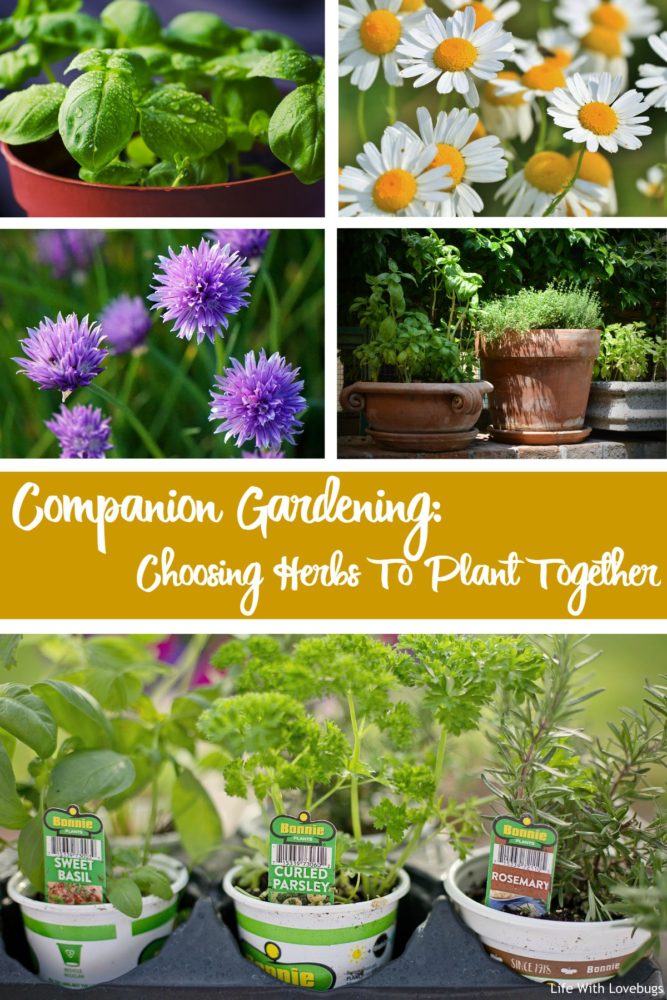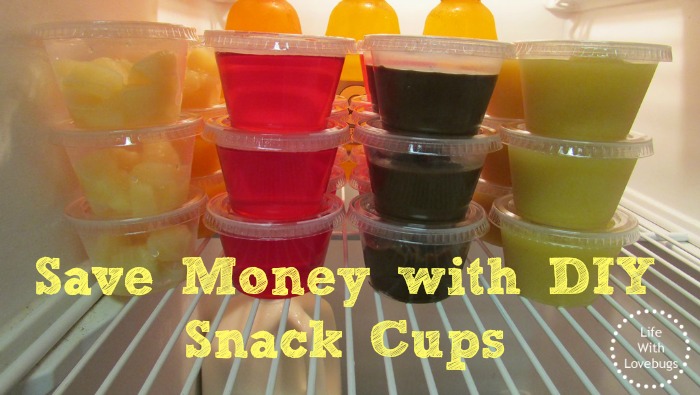Companion Gardening: Choosing Herbs To Plant Together

I’ve written often about herbs and herbal gardens, I just love being about to walk outside my kitchen door and cut fresh herbs to add to my dishes. In addition to cooking, herbs can also be used for cleaning and even for health reasons. Thankfully, many herbs grow just fine together and growing herbs is not hard to do. You can do it inside or outside with the right light, soil, and care. Here are a few different ideas to get you started with companion gardening!
Climate Compatible Herbs
Mediterranean herbs such as rosemary, oregano, sage, thyme, marjoram, and lavender can be planted together due to their similar soil and climate needs. These herbs flourish in dry and sandy soil similar to the soil and weather conditions in the Mediterranean Basin. This means these herbs will grow better in sunny, hot, and dry weather conditions.
Water-Loving Herbs
Basil, cilantro, tarragon, and parsley can be planted together because they prefer more moisture in their soil. When you plant things together that want the same type of soil, it makes your job a lot easier. Plus, you won’t have to worry about overwatering them.
Herbs From the Same Family
With a little research, you can find herbs from the same family that will have the same growing requirements, making these perfect companions. Any herb in the mint family can be planted together. The mint family includes peppermint, spearmint, catmint, orange mint, and lemon balm. Mint herbs usually are planted alone because they tend to overgrow, disrupting other plants but planted together you can plan accordingly.
Find Veggie and Herb Companions
If you have a salad or kitchen garden, consider planting herbs as companion plants to what you’re already growing. For example, plant cilantro with tomatoes, chives with lettuce, or basil with peppers. You can find the right companion plant for your garden using one of the books below.
Use Pots for Easier Trial and Error
Some herbs and flowers pair well together by bringing in useful insects, or deterring pesky ones, and also by attracting pollinators. If you start your companion garden in pots then you can mix and match your plants and herbs, try new combinations next to each other, and you can also bring them indoors to harvest more easily.
When you plant the right herbs together based on their needs, you’ll end up with a healthier harvest and better-tasting herbs. And when you use herbs as companions to other types of vegetables and fruit that you’ve planted, you can help create permaculture that is pest resistant – which means you’ll use fewer pesticides and have better-tasting herbs.
The links below are affiliate links. For more information, please view our Disclosure page



